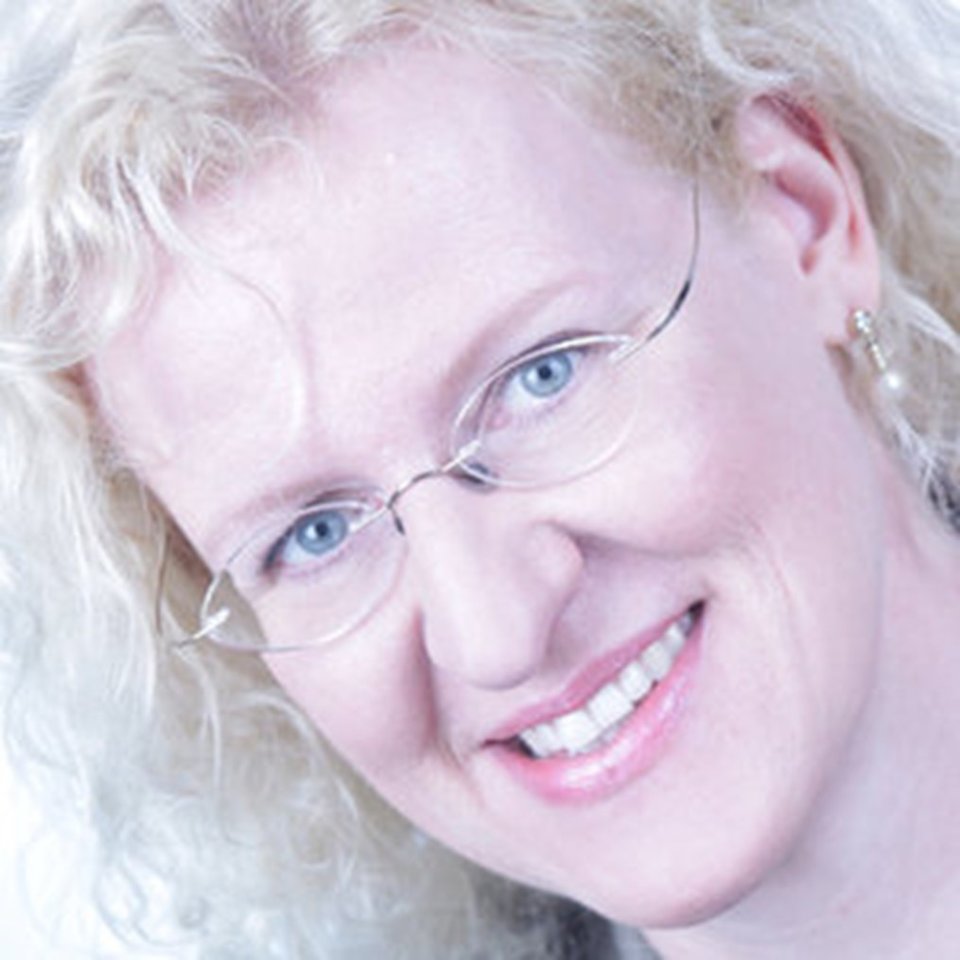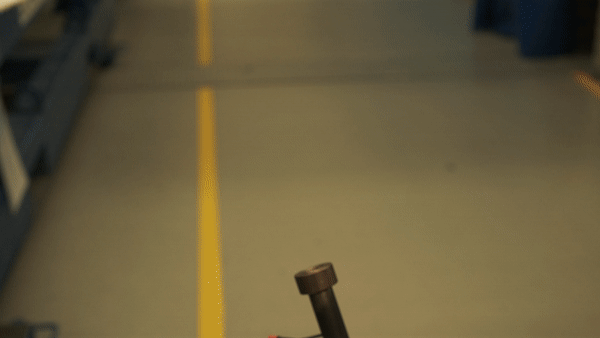Jorge Fuentes Casillas
MSc student Jorge Fuentes was born in Guadalajara city in Mexico, the 21-August-1985, he studied Computational Engineering at the León Institute of Technology, in Mexico from 2003-08. He worked for 5 years in different private and public companies as a programmer and computer technician, being the Leon’s Government and Guanajuato Government where he worked the longest period of time (1.5 years and 2.5 years) as a public server, always doing his best since his work was going to be used by the people. He has always been interested on participating in social activities, making volunteering work in orphan houses and NGO’s working for reforestation projects and animal healthcare in León or making donations to other NGO’s. That’s why he continued his master studies in a different but really interesting area such as energy, where he felt that his work could have a more direct impact on behalf of the people, since the current work had more impact for private companies and he wants that his work can be directly beneficial for communities belonging to developing areas. The SET programme offered by the Delft University of Technology gave Jorge the possibility of applying his beliefs, in this master he was able to do his internship for an NGO named S3C (Solar for Subsaharan Schools and Communities) under the supervision of the Professor Olindo Isabella, the internship was held in Kenya (July-September 2015) and it consisted on designing a hybrid system using a PV System and biomass tanks in order to generate electricity, gas and heat by using photovoltaic panels, solar heaters for water and biogas from the cattle’s dung. As a student of the SET program he has faced many difficulties such as adaptation to the Dutch educational system and the fact of retaking studies after 5 years of working, making him to face difficult times but at the same time, he has never given up on his beliefs or his capacities, having a strong will power to that makes him to continue until the end of his studies. Now he has another opportunity to make his work beneficial for others, this will be thanks to the Thesis Project in which Jorge will work. The project consists to think, define, design and build smart primary schools in India by the elaboration of a blueprint, which will be used in order to build these schools depending on their needs (number of students, size of school, power demand, sanitation, amongst others). The blueprint must allow the scalability and it must fulfil the criteria of being sustainable, scalable and economic, making it a suitable place for expansion and modernization in the future with a minimal investment when t is required. This project will present challenges like a possible integration of the PV materials into the structure of the building amongst other challenges. This will be a multidisciplinary project where other areas like architecture and civil engineering will provide valuable information, here, the collaboration between the people working on this project will help to have a high quality product on behalf of the Indian children and reduce the drop of studies. CONTACT INFORMATION Room: LB 02.480 Phone: +31 (0)15 27 81654 Telefax: +31 (0)15 27 82968 e-mail J. A. Fuentes Casillas Photovoltaic Materials and Devices EWI Faculty - Delft University of Technology Mekelweg 4 2628 CD DELFT The Netherlands








